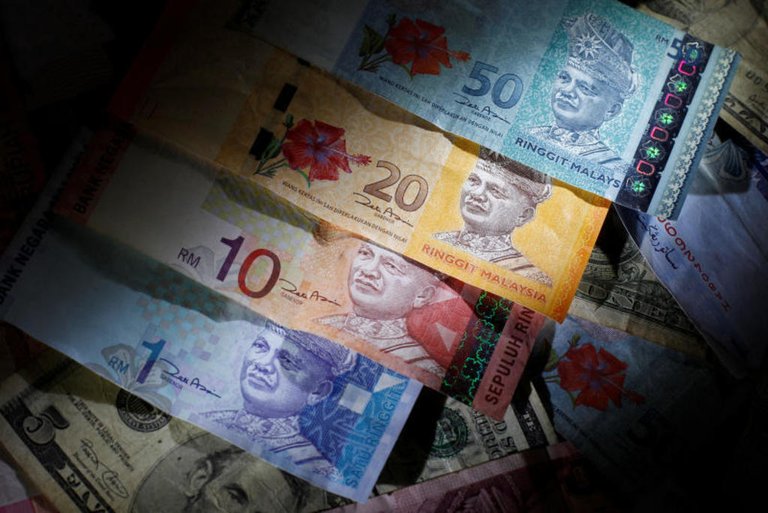SINGAPORE — In the aftermath of a spate of negative headlines in Malaysia, the Singapore dollar opened at  RM3.0545 on Thursday (April 18) morning, losing ground slightly after rising to a 17-month high against the Malaysian ringgit the day before.
RM3.0545 on Thursday (April 18) morning, losing ground slightly after rising to a 17-month high against the Malaysian ringgit the day before.
On Wednesday, the Singapore dollar shot to an intraday high of RM3.0632, the highest the Republic’s currency has been since its exchange rate hit the RM.30724 on Nov 20, 2017, according to global financial portal investing.com
NEGATIVE HEADLINES, BUT NO PANIC
Currency experts told The Malaysian Insight that continued negative news headlines will only drag the ringgit further south in the near term.
“We expect further near-term negative pressure on the MYR (ringgit). The confluence of negative global and domestic headlines have yet to run its course,” OCBC Bank’s currency economist, Mr Terence Wu, was reported as saying
Mr Wu was referring to Monday’s (April 15) news about global index provider FTSE Russell reviewing Malaysia’s market accessibility level in its World Government Bond Index (WGBI) over concerns about market liquidity.
Morgan Stanley in a research note said about US$8 billion would flow out of Malaysia if its bonds are downgraded by FTSE Russell.
Likewise, he said, local headlines like those involving Malaysia’s state palm oil farm Felda’s mismanagement were also bad.
Mr Wu said the weakness in the local unit is sentiment-driven, fuelled by negative news, some of which were speculations.
He, however, said there has not been excessive capital flight from the country to warrant panic.
On the equity front, the momentum of investors pulling money from selling their holdings has seen some moderation.
Malaysia’s trade performance where exports have slowed down is not out of line with the rest of Asia. All of these, coupled with improvements in foreign reserves, are signs that investors are not panicking, he added.
GLOBAL HEADWINDS
The sentiments surrounding the Malaysian currency are swayed by external headwinds, such as US-China trade tensions and slowdown in global growth, said FXTM market analyst Tan Chung Han.
“The Malaysian economy remains exposed to external factors such as the US-China trade tensions and the broader slowdown in the global economy, while headlines about the potential removal of Malaysian bonds from global indices may have lent itself to a bout of ‘buy the rumour, sell the news’ (although in this case, it’s inverse), contributing to the ringgit’s recent but potentially transitory weakness.”
Commenting on concerns of potential downgrades, Mr Tan said it is also important to take into account the increased appetite by foreign investors for Malaysian bonds.
He said while capital outflows would put downward pressure on any currency, however, it is also important to note that Bank Negara’s data pointed that Malaysian bonds registered net buying by foreign investors during the first quarter of 2019.
Meanwhile, Mr Wu said if Malaysia is dropped from the index, a short-term outflow can be expected in the Malaysian sovereign bond space.
However, he said while the decision has not been made, the reaction was overblown.
“Note that the decision has not been taken just yet. It is subjected to an assessment in September. Recent reaction in the USD-MYR appears somewhat overblown.”
He added that the strengthening of the ringgit against the greenback also depends on the decision. WITH AGENCIES